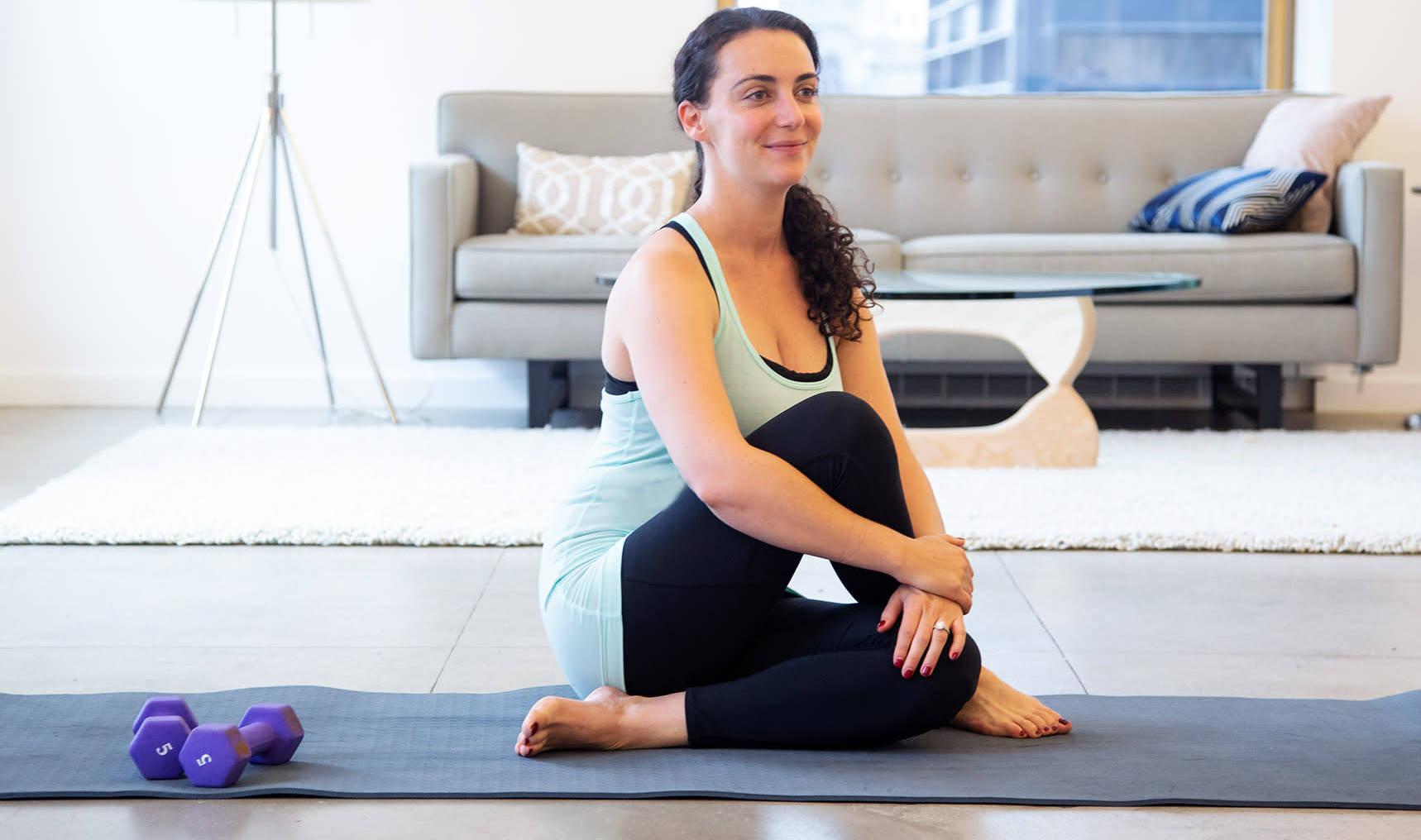When should pregnant woman start exercising?

Fitness Exercise during pregnancy for Women
(I) Objectives of Fitness Exercise during Pregnancy
Engaging in appropriate fitness exercise during pregnancy can help women's bodies adapt to the specific demands of pregnancy. It promotes overall blood circulation, facilitates placental growth, and benefits the protection of both the mother and the fetus. Exercise can also help reduce lower limb swelling, maintain good muscle strength, and facilitate a smooth delivery process. Throughout the entire pregnancy, suitable fitness exercise can be arranged based on the specific situation. The period between 4 to 7 months of pregnancy is particularly suitable for exercise. The objectives of fitness exercise for pregnant women can be summarized as follows: maintaining cardiorespiratory endurance and muscle strength before childbirth, preventing excessive weight gain during pregnancy, maintaining glucose tolerance, preventing lower back pain, and promoting postpartum recovery of the reproductive system and body shape.
(II) Key Considerations for Fitness Exercise during Pregnancy
Pregnant women should discuss their fitness exercise plans with their healthcare providers and seek approval from their healthcare professionals. Proper warm-up activities and relaxation exercises should be incorporated. Due to hormonal changes during pregnancy, pregnant women's muscles tend to be more relaxed, and joint flexibility may be reduced. Insufficient warm-up activities can easily lead to muscle and joint injuries during exercise.
Pregnant women should avoid excessive fatigue and excessive heart rate (should be kept below 140 beats per minute), as well as prolonged (over 40 minutes) and vigorous exercise. Exercise should be avoided in hot and humid weather to prevent heatstroke.
Activities that may cause abdominal injury should be avoided, such as contact sports (basketball, football, etc.) and diving. Additionally, exercises in a supine position (especially after the first trimester) should be avoided as the weight of the fetus can affect maternal blood circulation, posing potential risks. Jumping exercises and excessive trunk flexion and extension movements should also be avoided. Slipping or collisions can result in impacts on the fetus, leading to contractions, rupture of membranes, or even premature birth.
High-risk pregnant women should avoid exercise, including those with a history of miscarriage, stillbirth, or multiple pregnancies; those with threatened miscarriage, threatened preterm labor, polyhydramnios, relaxed abdominal ligaments, or a possible premature opening of the cervix; those with placenta previa, irregular vaginal bleeding, or premature contractions; and those pregnant with twins. Furthermore, women with cardiovascular, pulmonary, or metabolic diseases should undergo medical examination and receive appropriate medical supervision during exercise. However, pregnant women with gestational diabetes can engage in suitable fitness exercise as normal.
(III) Selection of Fitness Exercises during Pregnancy
During the early stages of pregnancy, pregnant women can choose outdoor activities such as walking with the company of family members or perform low-intensity aerobic exercises such as simple calisthenics to promote joint mobility. During the mid-pregnancy stage, pregnant women should engage in diverse fitness exercises, such as walking and pregnancy-specific exercises, to maintain or improve their fitness levels. In the late stages of pregnancy, pregnant women should choose simple low-intensity aerobic exercises based on their specific conditions, such as walking and prenatal floor exercises. The following are some key exercises for pregnant women:
Foot exercises: Sit on a chair or the edge of a bed with legs perpendicular to the ground and feet flat on the floor. Lift the toes forcefully and then return to the starting position after one breath. Place one leg on top of the other and gently move the toes of the upper leg up and down. Switch legs and repeat. This exercise promotes blood circulation and exercises the foot muscles, preventing foot fatigue. Duration: 3-5 minutes.
Cross-legged exercises: Sit on the bed with legs crossed. Keep the back straight, look straight ahead, and place both hands on the knees. Press the knees down toward the bed with each breath and repeat. This exercise relaxes the joints, stretches the pelvic muscles, and facilitates the smooth passage of the baby during delivery. Duration: Around 10 minutes.
Pelvic rotation exercises: Lie on the bed with legs at a 45-degree angle, knees together, and swing the legs back and forth. The movement should resemble an ellipse, swinging the knees gently from side to side. Keep the shoulders and soles of the feet in contact with the bed. Extend the left leg while keeping the right leg in the starting position, slowly tilting the right knee to the left. After returning the right knee to the starting position from the left side, tilt it to the right side. Alternate the movement between the legs.
Back muscle exercises: Kneel on the bed with knees hip-width apart and support the upper body vertically with arms along the shoulders. Activate the back and abdominal muscles by swinging back and forth.
Shoulder blade and elbow joint exercises: Sit cross-legged with arms bent and fingertips placed on the shoulders. Keep both upper arms in a straight line, then extend the fingertips outward and relax the elbow joints. This exercise not only alleviates back pain but also strengthens the chest muscles.
Leg elevation exercises: Lie on the bed with legs raised against the wall, supporting the feet. This posture stretches the spine and buttock muscles and promotes lower limb blood circulation. Practice several times a day, 3-5 minutes each time.
Thigh muscle stretching exercises: Lie on the back with one leg straight and the other slightly bent. Contract the thigh, gluteal, and anal muscles of the extended leg using the toes and then relax. Alternate between the legs, repeating 10 times a day. This exercise helps relieve fatigue in the calves and feet.
Please indicate the address of this article for reprint https://www.sportshealthprogram.com/womens-fitness/202307633.html





















